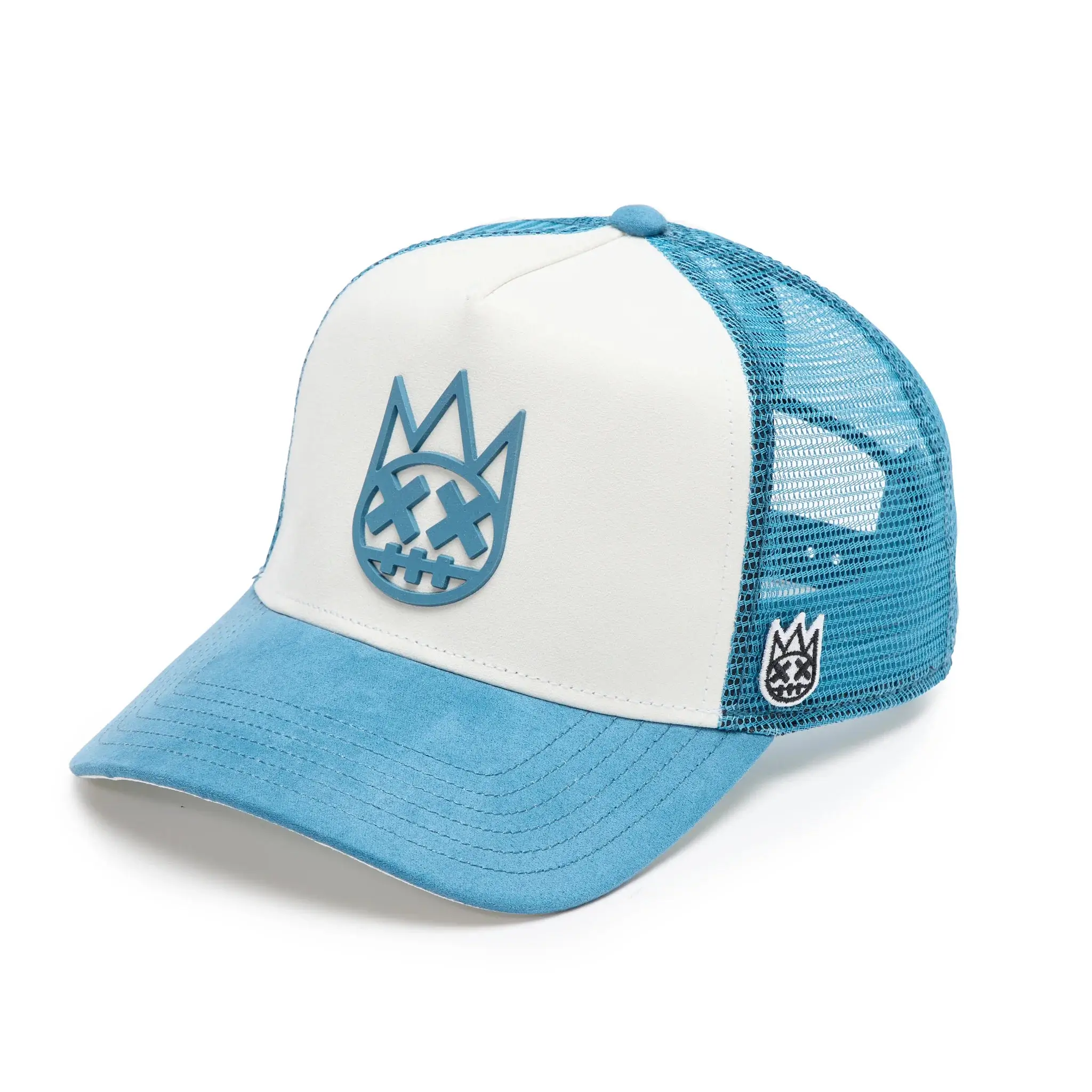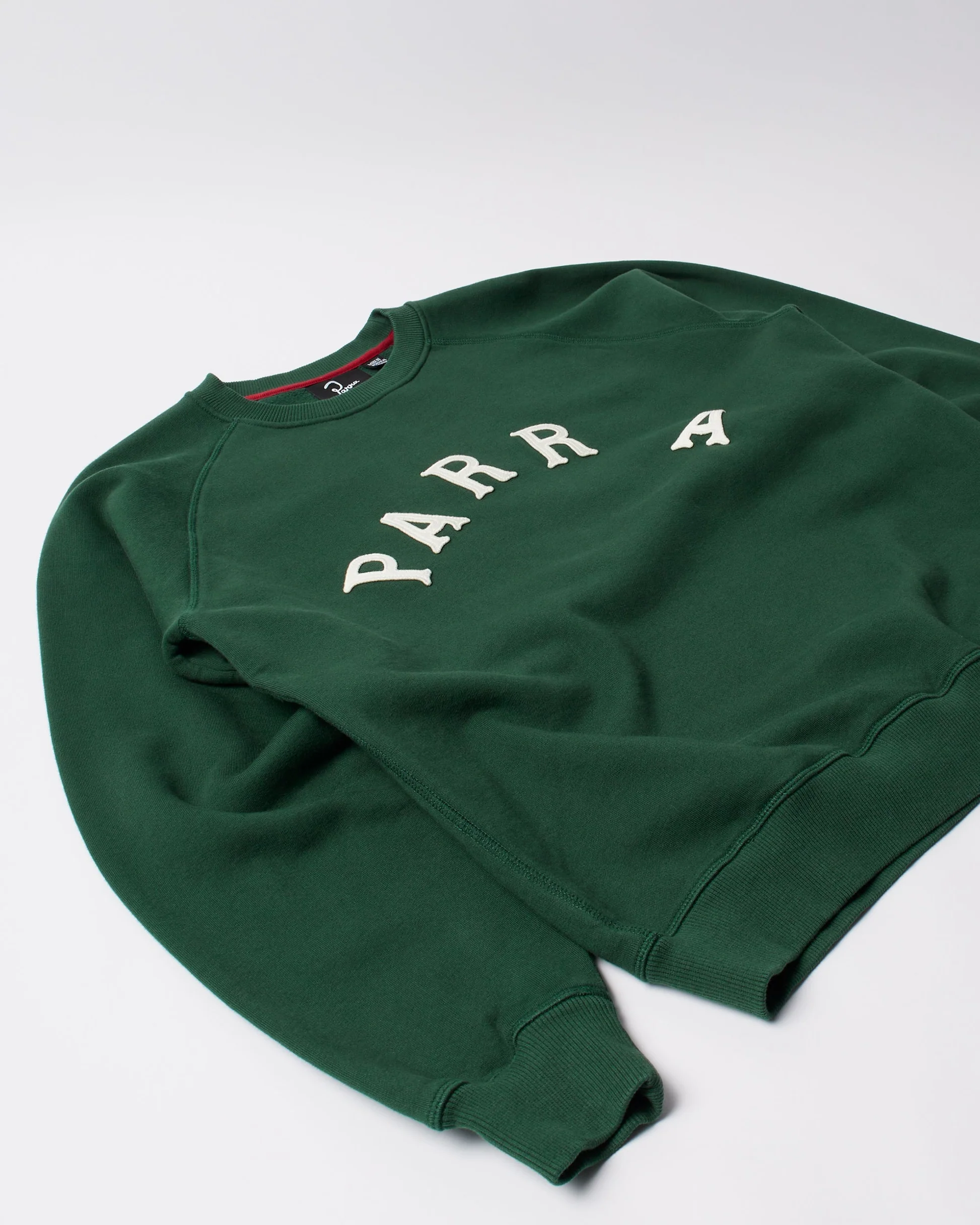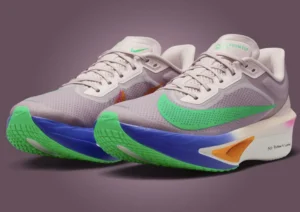In an industry often criticized for its environmental impact and wastefulness, Marine Serre stands out as a beacon of innovation and sustainability. Since its inception, the eponymous brand has pushed the boundaries of fashion, not only through its unique designs but also through its commitment to circularity. On to discovery the philosophy of circularity within Marine Serre’s clothing line, examining how the brand integrates sustainability into its creative process and the broader implications for the fashion industry.
A Visionary Designer
Marine Serre, a French designer, founded her label in 2017 after winning the prestigious LVMH Prize. Her background includes stints with major fashion houses like Alexander McQueen and Balenciaga, where she honed her skills and developed a distinct design language. Serre’s work is characterized by its futuristic aesthetic, innovative use of materials, and a deep commitment to sustainability.
Early Embarkation
Serre’s early collections were inspired by her experiences and observations of contemporary society. Her designs often reflect a blend of past and future, merging traditional craftsmanship with avant-garde techniques. From the outset, Serre recognized the importance of addressing fashion’s environmental impact, setting the stage for her focus on circularity.
What is Circularity ?
Circularity in fashion refers to designing products with their entire lifecycle in mind, minimizing waste and maximizing the reuse of materials. This approach contrasts with the traditional linear model of production, where garments are made, used, and discarded. Circularity aims to create a closed-loop system where resources are continually cycled back into production, reducing the environmental footprint.
The principles of circularity include designing for longevity, using sustainable materials, and enabling recyclability. It also involves innovative practices such as upcycling, where discarded items are transformed into new products, and re-commerce, which encourages the resale and reuse of garments. These principles underpin Marine Serre’s approach to fashion, influencing every aspect of her design process.
Marine Serre’s Commitment to Circularity
One of the hallmarks of Marine Serre’s brand is her pioneering use of upcycling. Serre sources materials from a variety of unconventional places, including deadstock fabrics, second-hand clothing, and even household items. These materials are then reimagined and repurposed into high-fashion garments, giving them a new lease on life. This practice not only reduces waste but also adds a unique character to each piece.
Design Techniques
Serre’s innovative design techniques further enhance the brand’s commitment to circularity. She employs methods such as patchworking, where different fabrics are combined to create intricate designs, and deconstruction, where existing garments are taken apart and reassembled in novel ways. These techniques showcase Serre’s creativity and skill while adhering to the principles of circularity.
Material Sourcing
Beyond upcycling, Marine Serre is dedicated to sourcing sustainable materials for her collections. The brand uses organic cotton, recycled polyester, and biodegradable fabrics, ensuring that new materials have a minimal environmental impact. By prioritizing sustainability at the material sourcing stage, Serre lays a strong foundation for circularity throughout the product lifecycle.
Aesthetic and Functional Innovation
Marine Serre’s commitment to circularity does not compromise her aesthetic vision. On the contrary, it drives innovation and creativity. Her collections often feature bold, futuristic designs that challenge conventional notions of fashion. The use of diverse materials and techniques results in garments that are not only visually striking but also functional and diversified.
Serre’s focus on circularity has led to collaborations with like-minded brands and organizations. These partnerships amplify her impact, bringing together expertise and resources to advance sustainable practices in the fashion industry. For example, her collaboration with The Woolmark Company has led to the development of garments made from sustainable wool, furthering her commitment to circularity.
Production and Manufacturing
Marine Serre’s approach to production and manufacturing is also influenced by her dedication to circularity. The brand works with suppliers and manufacturers who share its commitment to sustainability. By fostering a transparent and ethical supply chain, Serre ensures that her garments are produced in a manner that aligns with her values of circularity and environmental responsibility.
The Broader Implications of Circularity
Marine Serre’s focus on circularity challenges traditional industry norms. In a sector where fast fashion and disposability often dominate, Serre’s approach offers a compelling alternative. Her success demonstrates that it is possible to create high-fashion garments that are both stylish and sustainable. This challenges other designers and brands to rethink their practices and consider the long-term impact of their products.
Consumer Awareness and Engagement
Serre’s commitment to circularity also plays a crucial role in raising consumer awareness about sustainability in fashion. By creating garments that tell a story and highlight the value of upcycling and sustainable materials, she educates consumers about the importance of making environmentally conscious choices. This engagement helps shift consumer behavior towards supporting brands that prioritize sustainability.
Influence on Future Generations of Designers
Marine Serre’s pioneering work in circularity is likely to influence future generations of designers. Her innovative approach serves as a blueprint for integrating sustainability into fashion design. By demonstrating that circularity can coexist with creativity and commercial success, Serre inspires emerging designers to adopt sustainable practices and contribute to a more circular fashion industry.
Case Studies: Iconic Collections
One of Serre’s standout collections, “Radical Call for Love,” exemplifies her commitment to circularity. This collection features garments made from a variety of upcycled materials, including vintage scarves and repurposed denim. The intricate designs and bold patterns highlight the beauty and potential of reimagined materials, showcasing Serre’s ability to transform discarded items into high-fashion pieces.
Hard Drive Collection
Another notable example is the “Hard Drive” collection, which incorporates materials such as recycled plastics and repurposed electronic components. This collection pushes the boundaries of fashion design, challenging perceptions of what can be used to create garments. By integrating unconventional materials, Serre not only reduces waste but also sparks conversations about sustainability and innovation in fashion.
Balancing Scalability
While Marine Serre’s commitment to circularity is commendable, it also presents challenges. One of the primary challenges is balancing sustainability with scalability. As the brand grows, maintaining the same level of sustainability in sourcing and production can be difficult. However, this also presents an opportunity for Serre to pioneer scalable sustainable practices that can be adopted by the wider industry.
Consumer Perceptions and Market Demand
Another challenge is consumer perceptions and market demand. While there is a growing interest in sustainable fashion, many consumers are still drawn to fast fashion due to its affordability and convenience. Marine Serre must navigate these market dynamics, educating consumers about the value of sustainable fashion and building demand for her circularity-focused collections.
Regulatory and Industry Support
The broader adoption of circularity in fashion also depends on regulatory and industry support. Policymakers and industry bodies play a crucial role in promoting sustainable practices and providing incentives for brands to adopt circularity. Marine Serre’s success can serve as a catalyst for greater industry collaboration and regulatory frameworks that support circular fashion.
Marine Serre’s emphasis on circularity sets a new standard for the fashion industry. Her innovative use of upcycling, sustainable materials, and ethical production practices demonstrates that it is possible to create high-fashion garments with minimal environmental impact. By challenging industry norms and inspiring both consumers and designers, Serre is paving the way for a more sustainable and circular fashion future.
As the fashion industry grapples with its environmental impact, Marine Serre’s pioneering work offers a beacon of hope and a model for sustainable innovation. Her commitment to circularity not only enhances the aesthetic and functional qualities of her garments but also contributes to a broader movement towards environmental responsibility and ethical fashion. In championing circularity, Marine Serre is not just designing clothes; she is designing a more sustainable future for fashion.
No comments yet.








